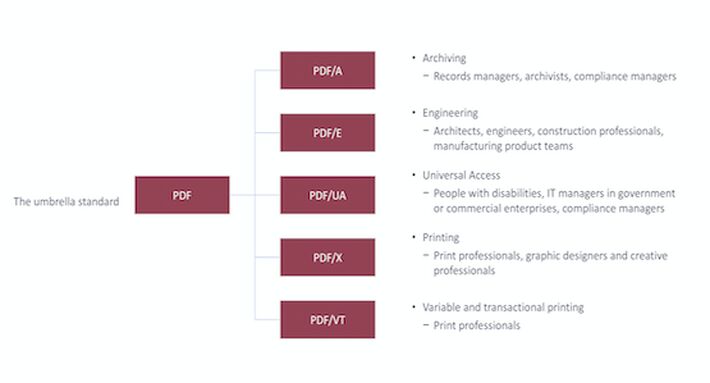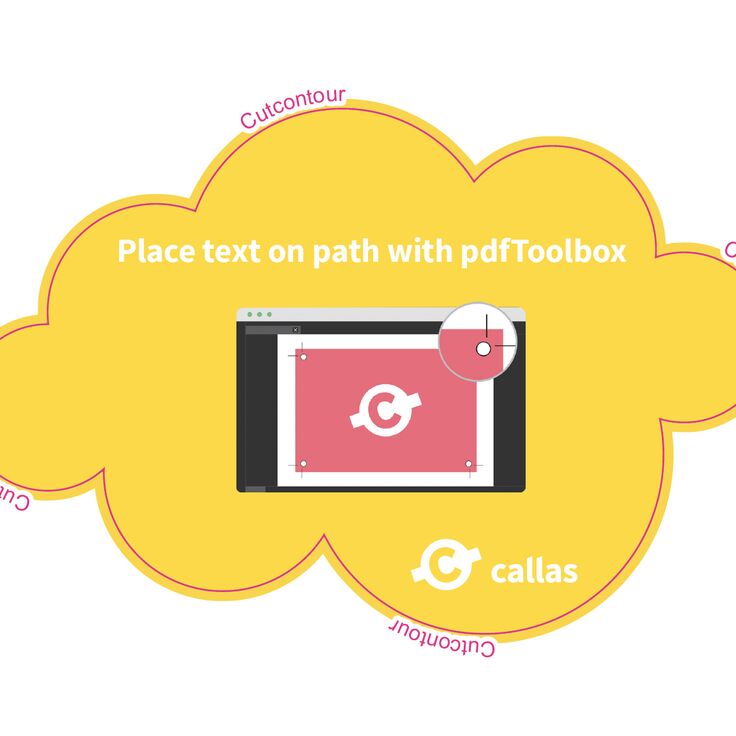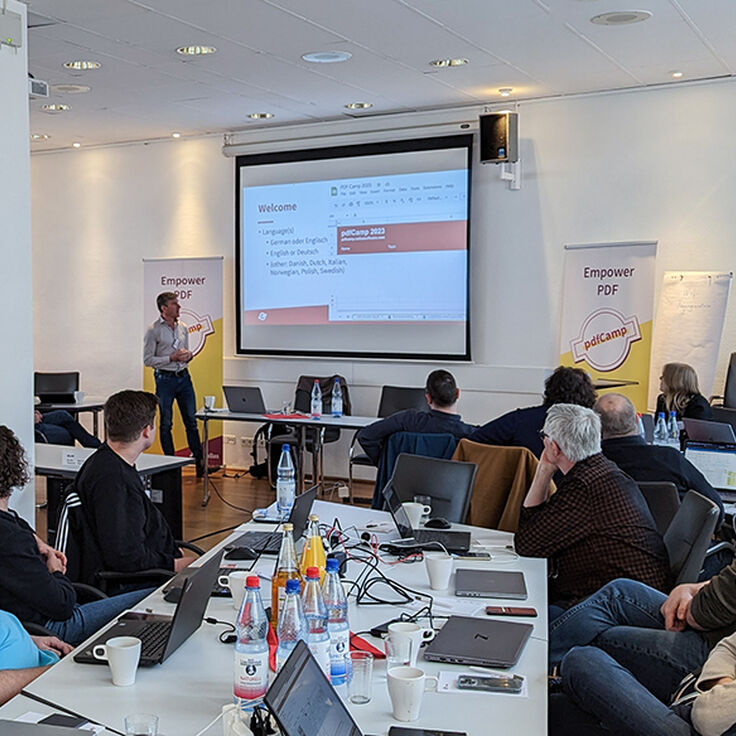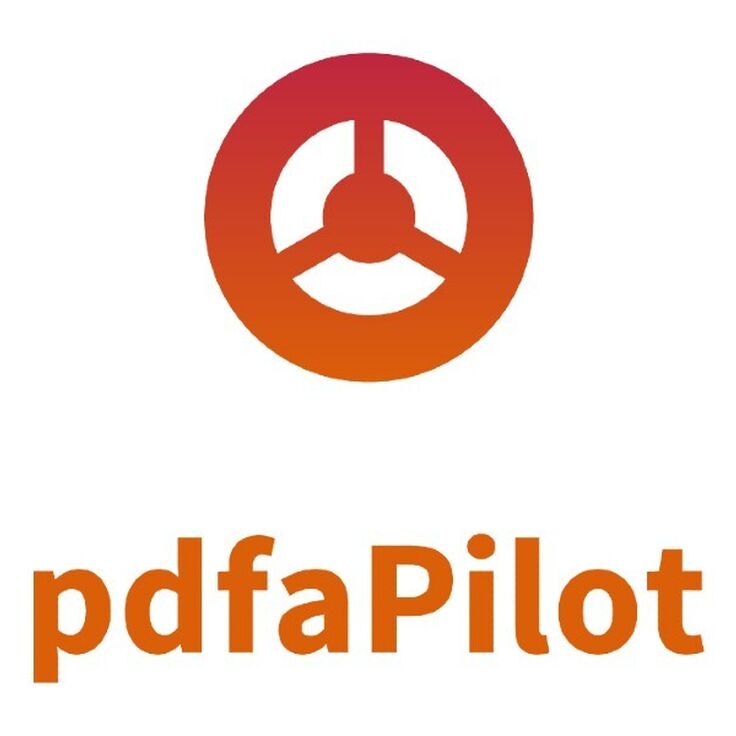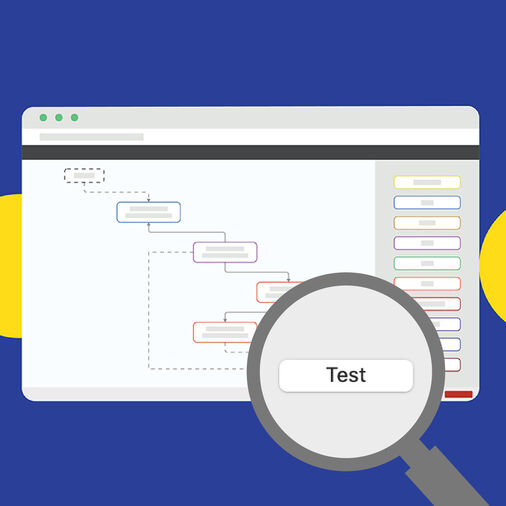Everybody whose occupation is related to a business process that relies on a subset standard will know it: somebody working in prepress will know PDF/X as an archivist knows PDF/A. But for PDF professionals, it also makes senses to know something about other subset standards. One reason could be that it is technically not complicated to create PDF files that comply with more than one standard (major portions of their text are exactly the same). Therefore, we wrote this article with a short description of all PDF based ISO standard!
PDF is everywhere and essential for many workflows like archival or digital or offset printing etc. PDF standards come into picture to meet the purpose of requirements arising from these different workflows. PDF standards provide clear and simple rules for internal PDF based processes and interoperable processes between organisations using PDFs, quality assurance for files and documents and building a reliable technical foundation for PDF users.
The PDF specification is roughly a 1000 pages standard – ISO 32000, designed to assist business professionals at varying stages in the content lifecycle. It acts as a skeleton structure which references other specifications like fonts, ICC profiles, unicode specification etc. The standard a user uses will be determined by the user's set of document circumstances – how the PDF will be viewed, stored, printed, shared, etc. I would like to share that all the important subset standards start with PDF/, but additional standards that concentrate on certain aspects of PDF exist as well (like ISO 19593-1: Processing Steps for packaging and label print). Here are the different standards:
PDF/X
Known as PDF for eXchange, it is the oldest PDF based standard which ensures that the documents are print-ready by correctly embedding fonts, images, color profiles and more. This standard is widely used and accepted and acts as a basis for other industry standards specializing on print methods like Ghent PDF Workgroup and PDF/X ready. PDF/X-1a requires fonts to be embedded and CMYK or spot colors to be used in the images. PDF/X-3 supports device independent colours in addition to PDF/X-1a. 8 years later, PDF/X-4 was released which supports transparency (also relevant for PDF/A-1 and PDF/A-2) and layering. PDF/X-6 which is similar to PDF/X-4 is further developed by ISO with additional info on the basis of PDF 2.0 like Page based Output Intents, Black Point Compensation, Halftone Origin etc. PDF/X-5g allows document creators to store graphical elements in an external file rather than the main document itself.
PDF/A
PDF/A-1 was the first one to be published in 2005. Started mainly for replacing TIFF in archives, today PDF/A is increasingly used for digitally created documents (Digital Office). PDF/A is compatible with PDF/X (fonts have to be ambedded , colors have to be device independent etc) but in comparison its more than just a pre-product for print. To keep the document 100% self contained, PDF/A doesn't allow the use of external contents like Audio or video content, JavaScript, Executable file launches, Encryption, XML Forms Architecture, Transparent objects of layers etc. Conformance level 'b' in PDF/A-1b and PDF/A2-b is the basis and majority PDF/A files are of conformance level b, while conformance level 'a' requires tagging structure and unicode (text search). Conformance level 'u' is somewhat in between 'a' and 'b' and supports Unicode (text search). It was surprisingly possible to publish PDF/A-3 just one year after its predecessor PDF/A-2 and the reason for this was that 90% text of PDF/A-3 is the same as PDF/A-2, except that it allows for arbitrary file formats to be embedded (example: German ZuGFeRD). ISO is currently working on PDF/X-4 which is based on PDF 2.0 and won't be published before 2019. Features will include relaxed requirements for metadata and font subsets and improved tagging.
PDF/E
This standard was published in 2008 and known as PDF for 'Engineering', an exchange format for 3D drawings. The industry was more interested in making this a part of PDF/A instead of following a new standard PDF/E. The ISO then stopped working on this standard and are making it a part of PDF/A-4 (Conformance level e).
PDF/VT
This is a specialised format, published in 2010 and is an exchange format for variable and transactional printing or customer communication management or output management. It has 2 substandards, PDF/VT-1 and PDF/VT-2 and both address an increasing demand in priting industry wrt individualisation. The advantage of this format is that it has a wider graphical model as compared to PCL, AFP etc. One issue with PDF/VT is that it negates the most important advantage of PDF as a whole which is interoperability. PDF/VT allows for page based metadata definitions, but it defines only the syntax and not the semantic model, which is only half way towards interoperability.
PDF/VCR
Relatively new, being published in September 2017, it stands for variable content replacement and is pretty much similar to PDF/VT. The difference here is that the variable data is coming from a CSV file and is applicable to high performance real data printing, for example: read data from a credit card and use it when printing the envelope.
PDF/UA
Published in 2014, UA here stands for Universal Accessibility. A PDF file might look 'great' on a screen but then there might be the case that it cannot be used in an accessible fashion. By the means of this standard, a PDF with full tagging structure can be created which can be required by law, for example in public sector or insurance companies. Moreover, tagging is not just important for accessibility but also if repurposing of the content in a PDF file or device dependent publishing is required.
callas software has been active at ISO in TC 130 (Graphics arts) and TC 171 (document processes- PDF, PDF/A, PDF/UA). callas products make it extremely easy for you to create documents that comply with the above mentioned standards or even to more than just one standard at the same time. Our built-in Proflies for verifying complaince or conversion to any of these standards have helped millions of users around the world.
